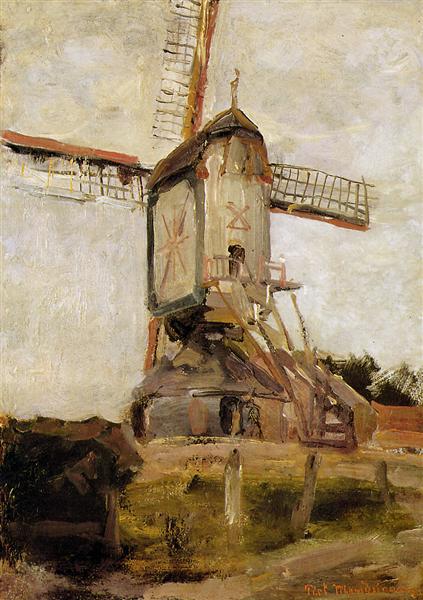Description
Henri Matisse, one of the giants of 20th-century art, exemplified in his work a distillation of color and form, qualities that manifest sublimely in "Lorette Reclining" from 1917. This creation, which perfectly adheres to the artist's mature style, invites us to pause in its contemplation, revealing, as we do so, multiple layers of complexity and technical mastery.
Lorette, the recurring model in this series of works, is presented to us in a state of repose, reclining on a surface covered with an intense red color. The choice of background color is not fortuitous; Matisse, knowledgeable about the psychology of color, uses red to evoke a sense of warmth and energy, but also of worldly exoticism and glamour. Through the monochromatic saturation of the background, Lorette, naked and vulnerable, becomes the epicenter of the painting's emotional spectrum.
The composition is constructed in such a way that the central figure resonates with balance and harmony. Lorette is situated in a pose that blends concepts of serenity and dynamism, as if the dream enveloping her were part of a suspended dance. The simplification of forms, a constant in Matisse's work, is skillfully deployed here. The soft and fluid curves of Lorette's body mimic the sinuosity of the background, generating an almost organic fusion between figure and environment.
Another crucial aspect is the treatment of light. Although absent in a realistic or detailed representation of shadows, the illumination in the painting is suggested through the contrast and purity of the colors used. The tones of Lorette's body unfold in a range of pinks and beiges that, along with the red of the background, are almost tactile, as if the fabric were an extension of the skin. This technique evokes Matisse's influences from oriental art and the Fauvist tradition, where color carries all the expressive weight.
Regarding the historical aspects of painting, "Lorette Reclining" is inscribed in a crucial period in Matisse's career. During World War I, the artist took refuge in Nice, and it was there that his style became more introspective, focused on visual pleasure and the pursuit of beauty in its most refined form. This work, though more intimate and contained than his more provocative works from the early century, does not yield in intensity or emotional richness.
It is notable how Matisse, distancing himself from obsessive fidelity to naturalism, achieves an image of such strength and vitality. Although "Lorette Reclining" may seem simple at a superficial glance, it soon reveals itself as a marvel of sophistication and audacity. The veiled eroticization of the figure, without falling into vulgarity, and the chromatic play invite the viewer to a complete sensory experience, where the boundaries between the pictorial and the emotional blur.
Ultimately, "Lorette Reclining" is a celebration of the human body and the evocative power of color. Through this painting, Henri Matisse reaffirms his ability to transform the mundane into the sublime, to turn simplicity into a window to the infinite. Such is the genius of his art, that it makes us see the world with renewed intensity, reminding us that, in his own words, color is the purest expression of emotion.











